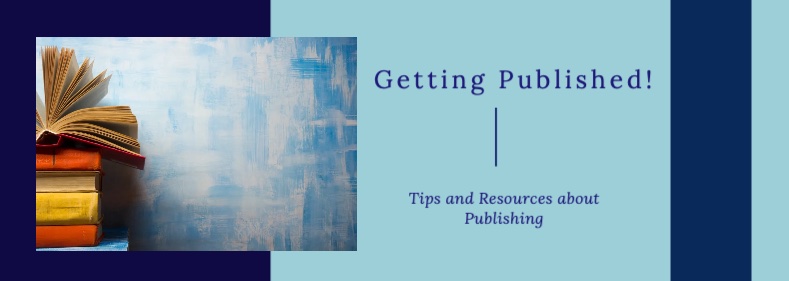By Lilian H. Hill
As a new doctoral student, getting started with publishing can be an essential step in building your academic career and contributing to your field of study. Yet, the pathway to publishing can feel mysterious. You may think you have nothing to offer or do not know how to start. Nevertheless, it is best to get started early in your program. If you need an incentive, nothing is as exciting as seeing your name in print (Levasseur, 2006).
Do not be Intimidated
Your professors may have shared one of their publications as a class handout, and you were impressed. Journal articles can be long and employ the extensive vocabulary of the academic discipline you are learning. A published academic article is the polished product of multiple months or even years of effort.
Perhaps you viewed the curriculum vitae (CV) of one of your professors and have been intimidated. CVs can be many pages long and serve as a chronological record of an individual’s career, including their degrees and other credentials, publications, grants, teaching, and service activities. If you are more accustomed to the limitations of a 1–2-page résumé, the length of an accomplished professor’s CV can be overwhelming. You may have no idea how the professor created that extensive CV, but you can recognize that they have had years to acquire the accomplishments documented in the CV.
Remember several things:
· You are just beginning to learn the ropes of publishing.
· You have something to offer.
· You do not have to learn about publishing alone.
Simple Ways
to Begin
Here are simple ways to start publishing:
1. Write reviews of academic books. Book reviews tend to be short, between 500 – 1200 words. Most academic journals have a section called resources or book reviews. The journal will have a book review editor who usually has a list of books they want reviewed. You can contact the editor by email to volunteer and request a book you can review. You can also suggest a book for review in the academic discipline. Reading published reviews in your selected journal to understand the format and style expectations is wise. Typically, book review editors will advise you about how to revise your review to be ready for publication.
2. Present Your Research at Conferences. Presenting your research at academic conferences allows you to share your findings and provides opportunities to network with other researchers and potential collaborators. Some conferences also offer peer-reviewed proceedings or opportunities to publish extended abstracts.
3. Submit to Student Conferences. Many academic disciplines have conferences or conference sections specifically for graduate students. These platforms provide a supportive environment for early-career researchers. You will meet students at other universities who share your research interests and may forge continuing relationships that benefit your career.
4. Write Literature Reviews or Conceptual Papers. Literature reviews or conceptual papers can be a good starting point for publishing as they allow you to demonstrate your understanding of existing research and contribute new perspectives to the field. You may be able to adapt a class project that received positive feedback from the instructor. Be sure to follow the journal’s guidelines for authors. Not abiding by these guidelines can result in immediate rejection, no matter the quality of the submission.
5. Consult with your advisor. Your advisor can provide guidance and support as you begin publishing. Before submitting your work for publication, seek feedback from your supervisor, mentors, or peers. They can provide valuable insights and suggestions for improving your manuscript. Professors may ask you to join them in a research project if you are lucky. Collaborating on research projects or co-authoring papers with faculty members is a valuable way to gain experience with the publishing process (Tennegard & Wegener, 2016).
Things to Know
Very few academic articles are accepted for publication on the first submission. The polished product you read in a journal is often the result of multiple rounds of revisions. Judicious editing and revision are part of the publishing process and result in better publications.
Publishing can be lengthy, so it is important to be persistent and patient. Do not be discouraged by rejections; use feedback from reviewers to improve your work for future submissions. Academic disciplines have multiple journals, so you can submit to a different journal if your first submission is rejected. Just do not make the mistake of submitting the same paper to multiple journals simultaneously.
Publishing as a doctoral student is a learning process, and each publication contributes to your development as a researcher. Stay proactive, seek collaboration and feedback opportunities, and continue refining your writing and research skills.
References
Levasseur, R. (2006). Student to scholar: Getting published as a doctoral student. Mindfire Press.
Tennegard, L., & Wegener, C. (2016). A survival kit for doctoral students and their supervisors. Travelling the landscape of research. SAGE.









